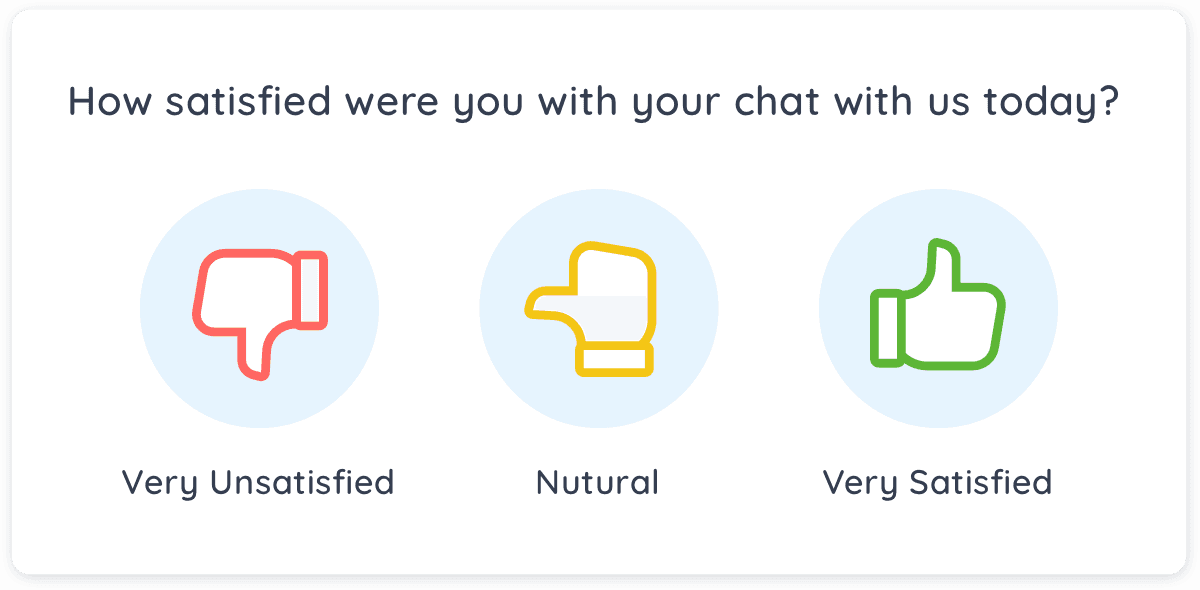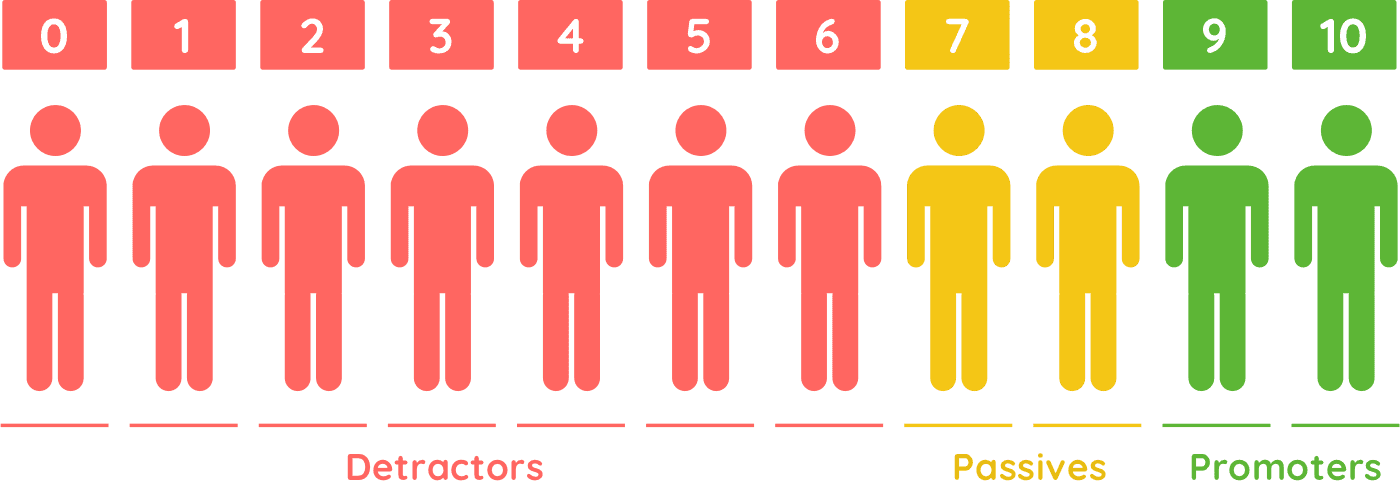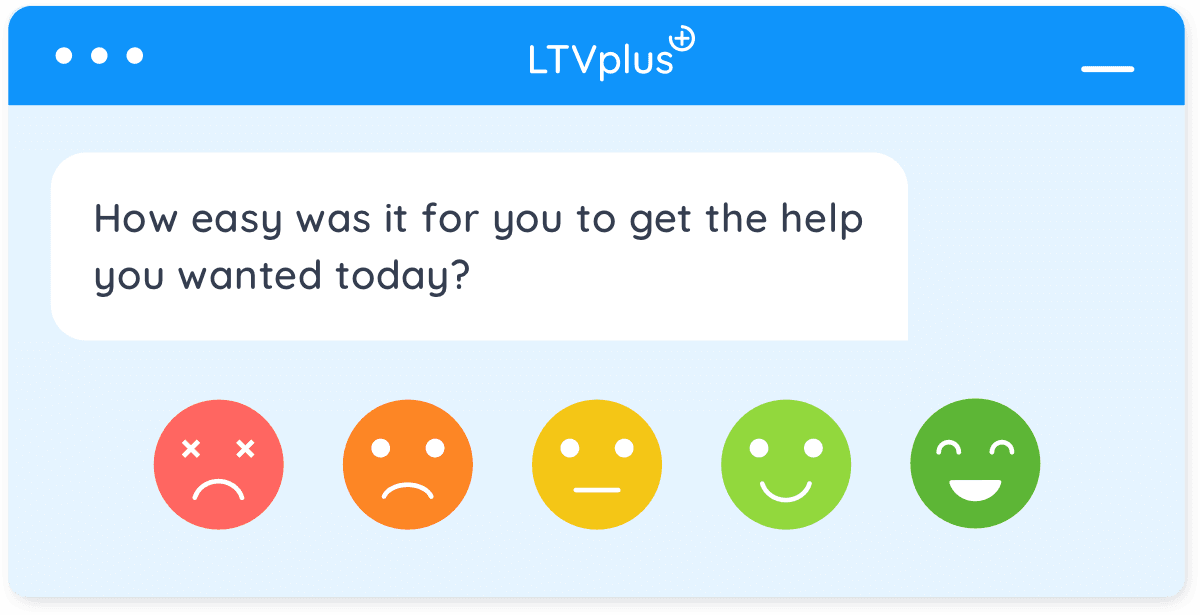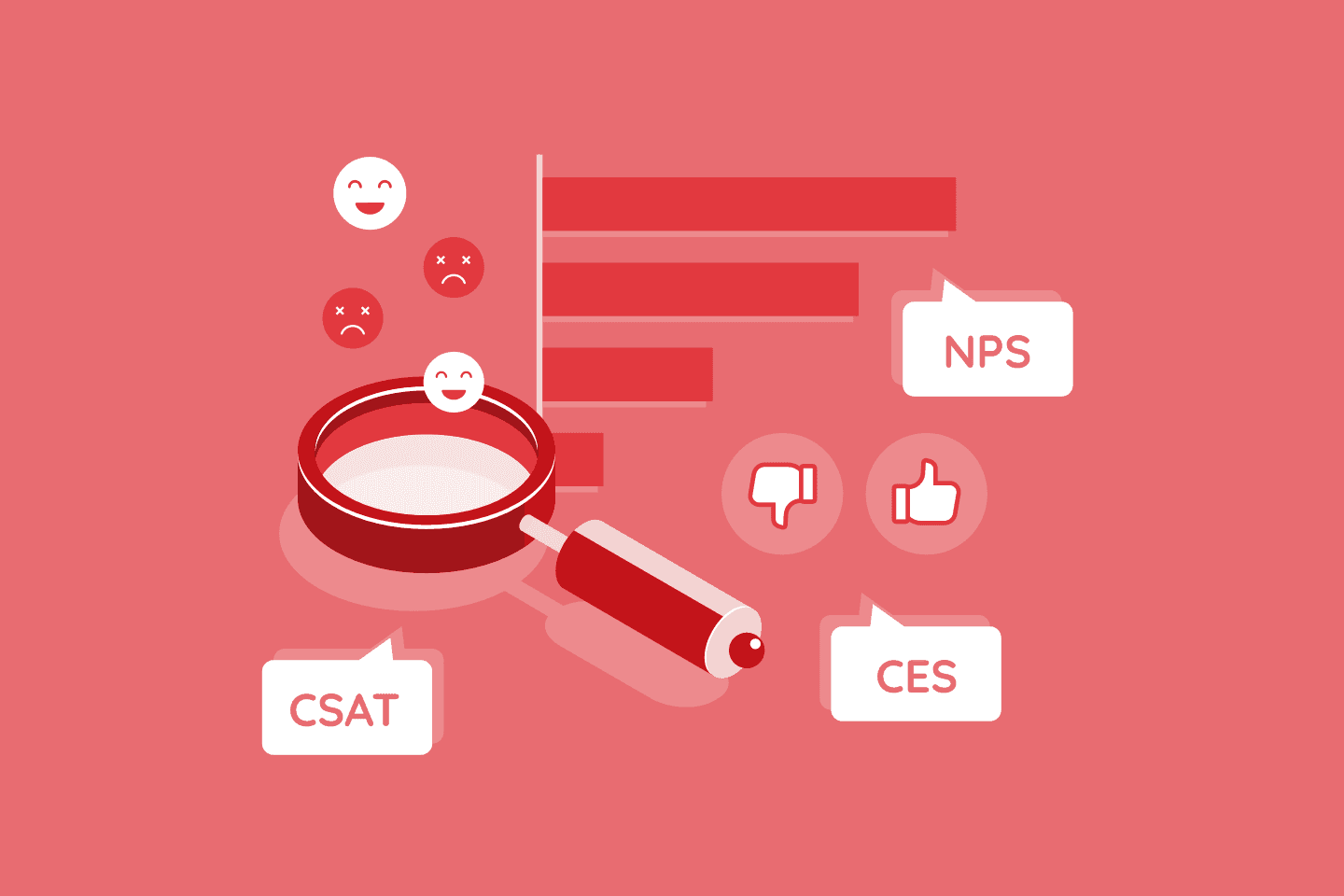What do you think are some of the ways to measure and improve the customer experience for your customers?
As a live chat outsourcing business driven by Customer Success, we are always on the lookout for metrics and ways to make customers happy. One of the best ways to achieve this is to collect customer feedback and understand how customers view the experience your business provides. With so many industry-recognized metrics to measure the customer experience, it can get overwhelming. Having tested quite a number of these metrics in our own workflows, we find that the following three metrics are the best to use when it comes to measuring and improving your customer experience:
- Customer Satisfaction Rating (CSAT)
- Net Promoter Score (NPS)
- Customer Effort Score (CES)
Let’s dive into each customer experience metric and see what it’s about.
1. Customer Satisfaction Rating (CSAT)
The Customer Satisfaction Rating (CSAT) is a key metric that measures customer satisfaction with all aspects of your business.
Examples of such aspects include:
- the quality of your products and services
- shipping time
- the response time of customer service
- your refund policy
How do you calculate Customer Satisfaction Rating (CSAT)?
It’s pretty straightforward. You ask a single question that goes something like, “How satisfied were you with your experience with us today?”
You then add a survey scale with one of the following scales:
- 1 to 3
- 1 to 5
- 1 to 7
- 1 to 10
This rating would be from the worst to the best scoring possible.
For example, you want to measure how satisfied a customer is with your live chat. You could create the following CSAT survey:
Question: How satisfied were you with your chat with us today?
Scale: 1 to 5
Indicator: Very Unsatisfied to Very Satisfied

Once you have collected CSAT responses, you use the following formula to get the CSAT score:
$$\mathsf{\frac{\text{Number of satisfied customers (4 to 5)}}{\text{Number of CSAT responses }} \times 100 = \text{Customer Satisfaction Rating %} }$$
When should I use the Customer Satisfaction Rating (CSAT)?
There are many opportunities for you to use CSAT surveys to measure your customer experience.
Some areas of opportunity include:
- immediately after a live chat has ended
- right after resolving a ticket
- a week after the customer has used your product or service
Use CSAT surveys at any point where you want to measure your customer’s satisfaction with an interaction. It could even be used for sales or marketing interactions as well!
2. Net Promoter Score (NPS)
Now that you know how to measure a customer’s satisfaction with your business, how do you find out a customer’s perspective of your business?
The Net Promoter Score (NPS) measures how likely a customer will recommend your business to other people that they know. In fact, according to NetPromoter.com, it also “measures customer experience and predicts business growth.” Many businesses today use NPS as a key metric to improve their customer experience.
How do you calculate Net Promoter Score (NPS)?
An NPS survey looks something like this:
Question: How likely are you to recommend Company X to a friend or colleague?
Scale: 1 to 10
Indicator: Not at all likely to Extremely likely

Your survey respondents are grouped into the following categories:
- Promoters (9 to 10) are evangelists who love your business. They will also buy from you while referring others to help drive your business growth.
- Passives (7 to 8) are customers who are satisfied but are neutral to your business. They may be easily swayed by competitors.
- Detractors (0 to 6) are customers who are not happy with your brand and can damage your branding through complaints or bad reviews. This will affect your growth due to the negative feedback that might be publicly listed.
With the collected NPS responses, use this formula to get your NPS:
$$\mathsf{\frac{\text{Number of Promoters – Number of Detractors}}{\text{Number of NPS responses }} \times 100 = \text{Net Promoter Score} }$$
A positive NPS means you’re doing something right with your customers and they like your brand.
When should I use the Net Promoter Score (NPS)?
You could send NPS surveys at regular intervals or a few days after a customer support interaction. Frequency and timing are key. The more data you get, the more accurate your feedback will be.
The times to send an NPS survey include:
- a day after a live chat or ticket interaction
- once a month to have a consistent measurement
The goal is to measure a customer’s experience with your business and not only customer service.
3. Customer Effort Score (CES)
With CSAT and NPS covered, we arrive at the Customer Effort Score (CES). This customer experience metric measures the effort your customer had to put in to get the outcome they wanted from your business. The more effortless the experience, the better the customer experience.
How do you calculate Customer Effort Score (CES)?
Here’s an example of a CES survey:
Question: How easy was it for you to get the help you wanted today?
Scale: 1 to 5
Indicator: Very Easy to Very Difficult

Once you have collected CES responses, use this formula to get your CES:
$$\mathsf{\frac{\text{ Sum of Easy Responses (1 to 2)}}{\text{Number of CES responses }} \times 100 = \text{Customer Effort Score} }$$
The lower your CES, the more effortless your customer experience is.
When should I use the Customer Effort Score (CES)?
Where you need to measure the effort required in achieving an outcome from your business, you can use a CES survey.
Some opportunities include:
- post-interactions with your live chat agents or customer support team
- after a cart checkout
- responses to your knowledge base (e.g. Re:amaze)
Find out where customers are having to spend more effort in getting the value they want from your business and improve those aspects of your e-commerce business.
4. Putting It Together
Now that you have these three key customer experience metrics at your fingertips, you can put them all together in your surveys or workflows to get the feedback you need to improve your customer experience.
Where can I implement these key metrics?
You can implement CSAT, NPS and CES surveys in:
- your post-chat survey
- ticket resolution survey
- monthly marketing newsletter
- customer emails
Learn how your customers feel about the customer experience with your online business and act on those data insights today. Happy customers lead to higher customer lifetime value (LTV).




